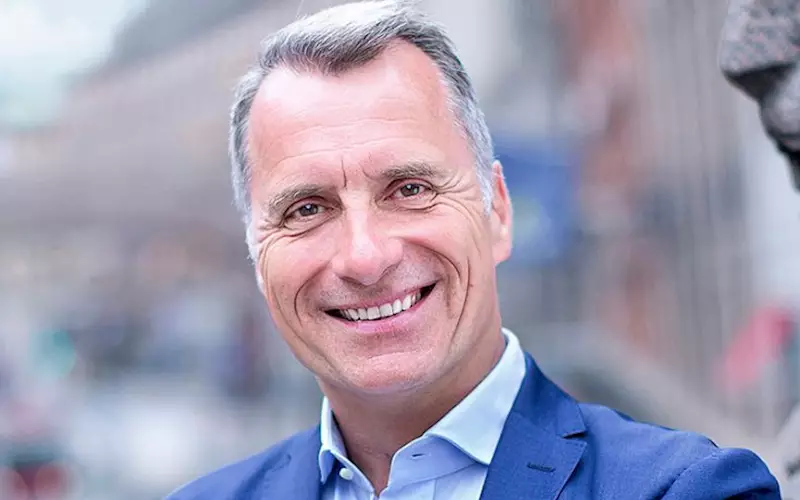Elopak CEO believes in product safety and consumer convenience
Thomas Körmendi, CEO, Elopak talks to WhatPackaging? regarding the GLS Elopak launch in India six months ago and what compliance does it follow to ensure consumer satisfaction while being sustainable
21 Oct 2022 | By Abhay Avadhani
WhatPackaging? (WP): Six months since the GLS Elopak launch in India. What has been the update on manufacturing in India?
Thomas Körmendi (TK): We are already up and running, supplying customers in India with sustainable packaging solutions. Our new plant outside New Delhi, is ready to meet the growing demand for sustainable packaging and we plan to expand our offerings in the coming weeks and months in order to meet the specific needs of both; the brands and the consumers in the country.
WP: For segments like milk; India relies on LDPE for milk pouches. How can aseptic packaging break through the price perception?
TK: We need to make sure that we clearly communicate the full benefits of aseptic beverage cartons compared to the alternatives when it comes to both; protecting the product and the package. Our sustainable packaging solutions have been designed while prioritising environment, safety and convenience.
WP: Elopak sells more than 14 billion cartons every year across more than 70 countries. Covid caused a surge in short-runs and virtual approvals. Has the balance been restored in 2022?
TK: The Covid pandemic created a range of challenges for businesses to navigate and the packaging industry was no exception. During Covid, we had to adapt our operations to ensure the safety and wellbeing of our staff, while working to meet the increased demand for our cartons. We have emerged stronger and are firmly focused on delivering on our sustainability-driven growth strategy in India and beyond.
WP: Which metrics should brands consider to increase sales, market share or penetration, when they look at packaging?
TK: Product safety and consumer convenience are of paramount importance to us. Consumers need to feel confident that they are purchasing a product that offers them both. At Elopak, we also believe that sustainability is an increasingly important consideration with a growing number of brands and consumers actively looking for ways to reduce their carbon footprint. Aesthetics also have an important role to play, so we work closely with our partners and customers to produce a packaging that offers a sustainable alternative to plastic bottles and also effectively communicates its environmental credentials.
WP: Return On Ad Spend (ROAS) has become very prominent with every single campaign. Considering that, why is awareness about Return On Packaging Spend (ROPS) not as dominant as it should be?
TK: With a growing range of options available to brands we have seen some of our customers effectively leverage the look and feel of Elopak’s cartons in addition to their sustainability credentials specifically to help them stand out on the shelves; from Boxed Water in the US to BraTee in Germany.
WP: You talked about sustainability, safety, better storage, guidelines to use the product and identification of product differentiation. How do you think brands can achieve all these factors while sticking to the circular economy policy?
TK: The full lifecycle of any packaging solution must be considered. At Elopak we try to reduce the amount of raw materials and plastics that we use, while at the same time, ensuring everything is responsibly sourced. We are constantly investing in innovation with a focus on delivering new packaging solutions that have a lower carbon footprint. However, these will only go to market if we can ensure the same rigorous safety standards are met and it ticks all the right boxes when it comes to consumer convenience – something we test extensively at the Elopak Technology centre in Spikkestad, Norway.











 See All
See All